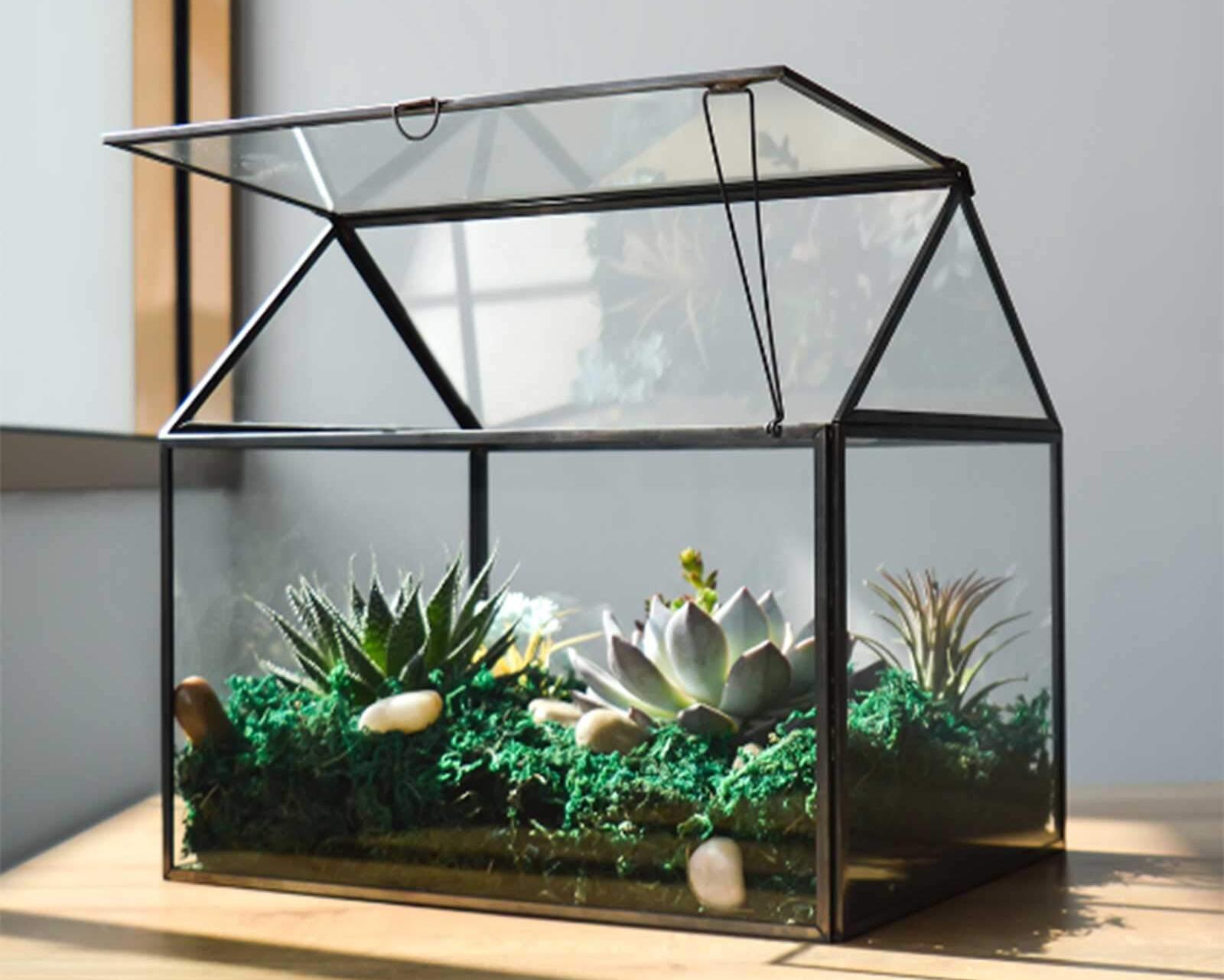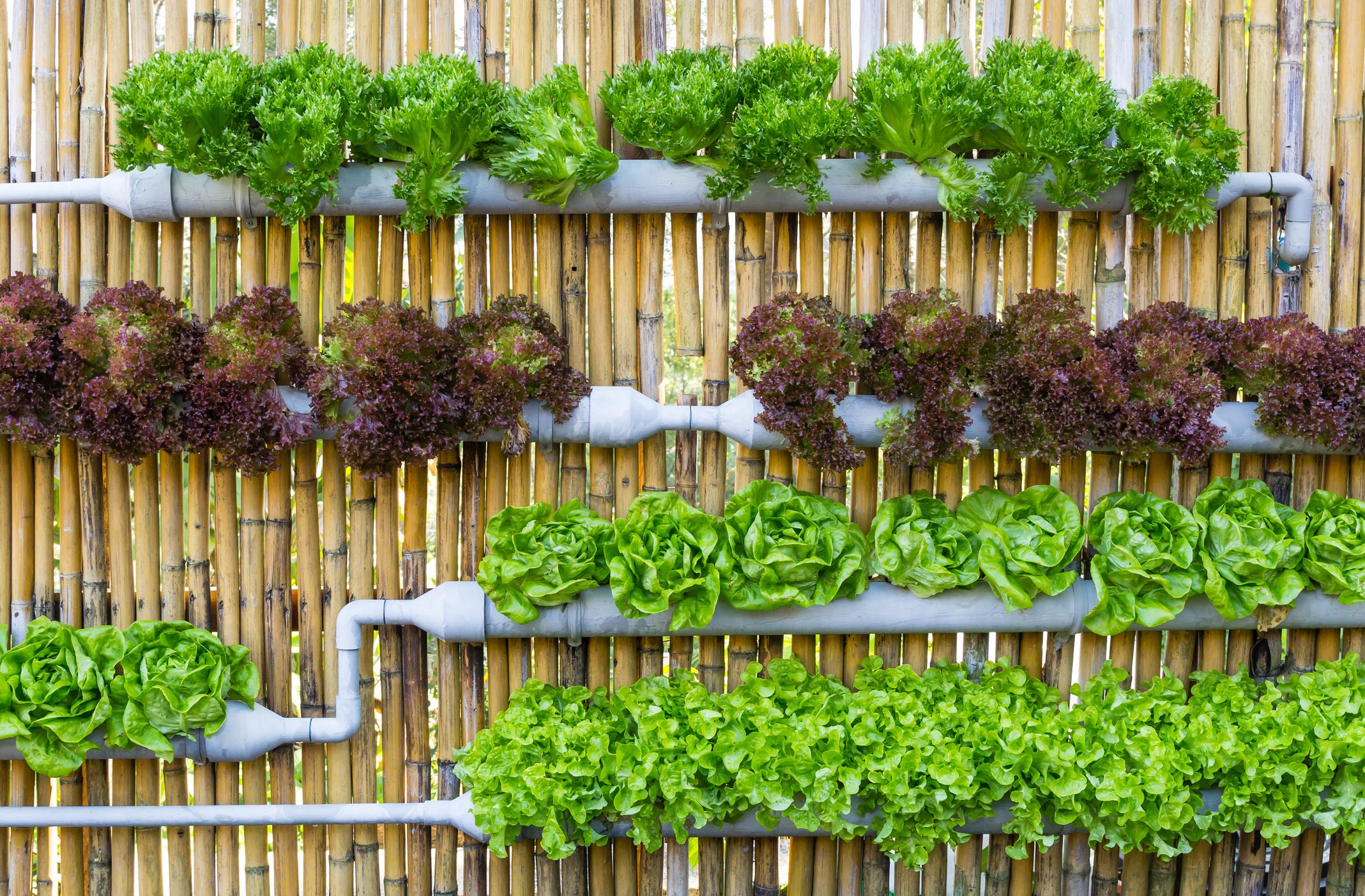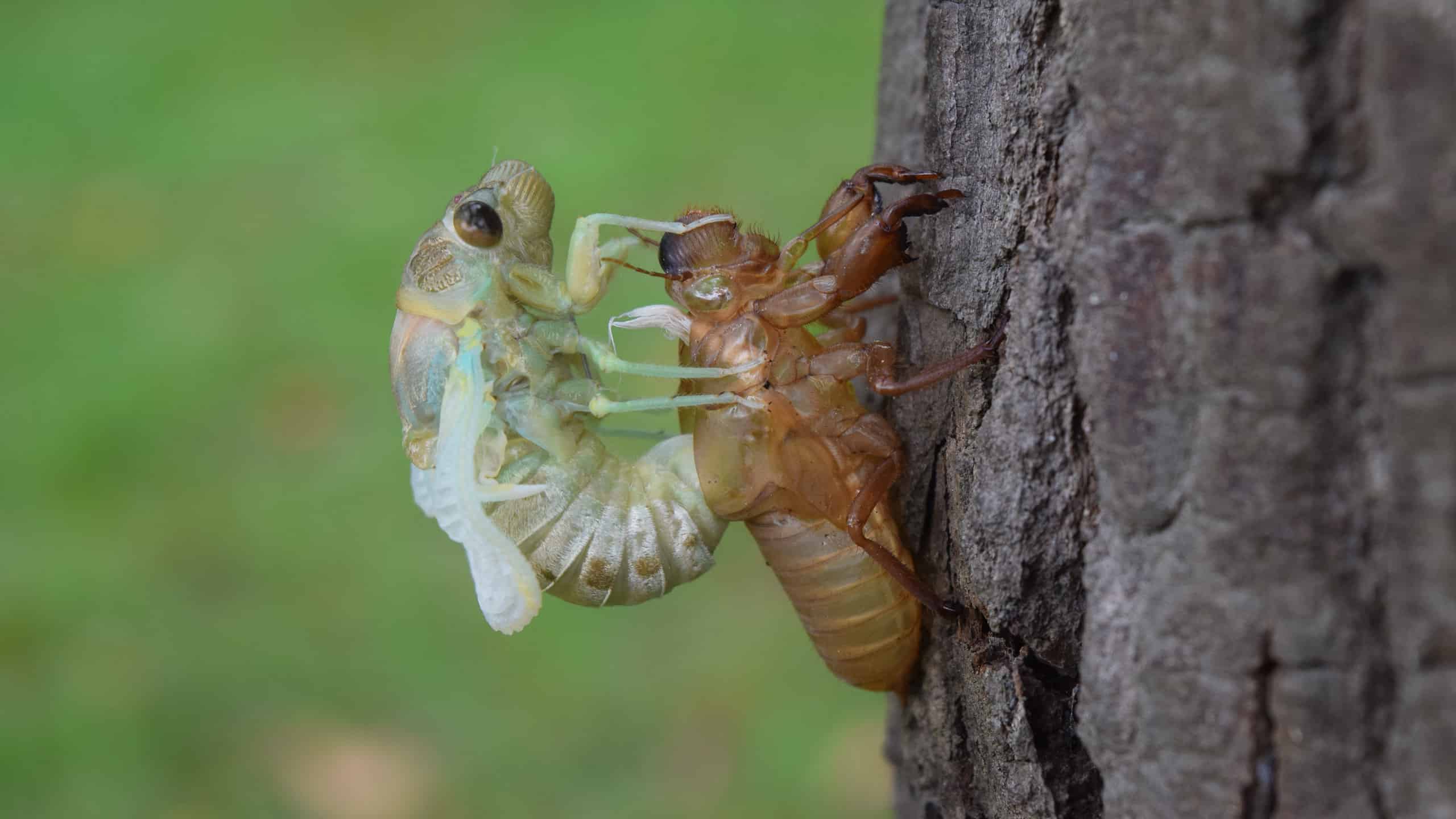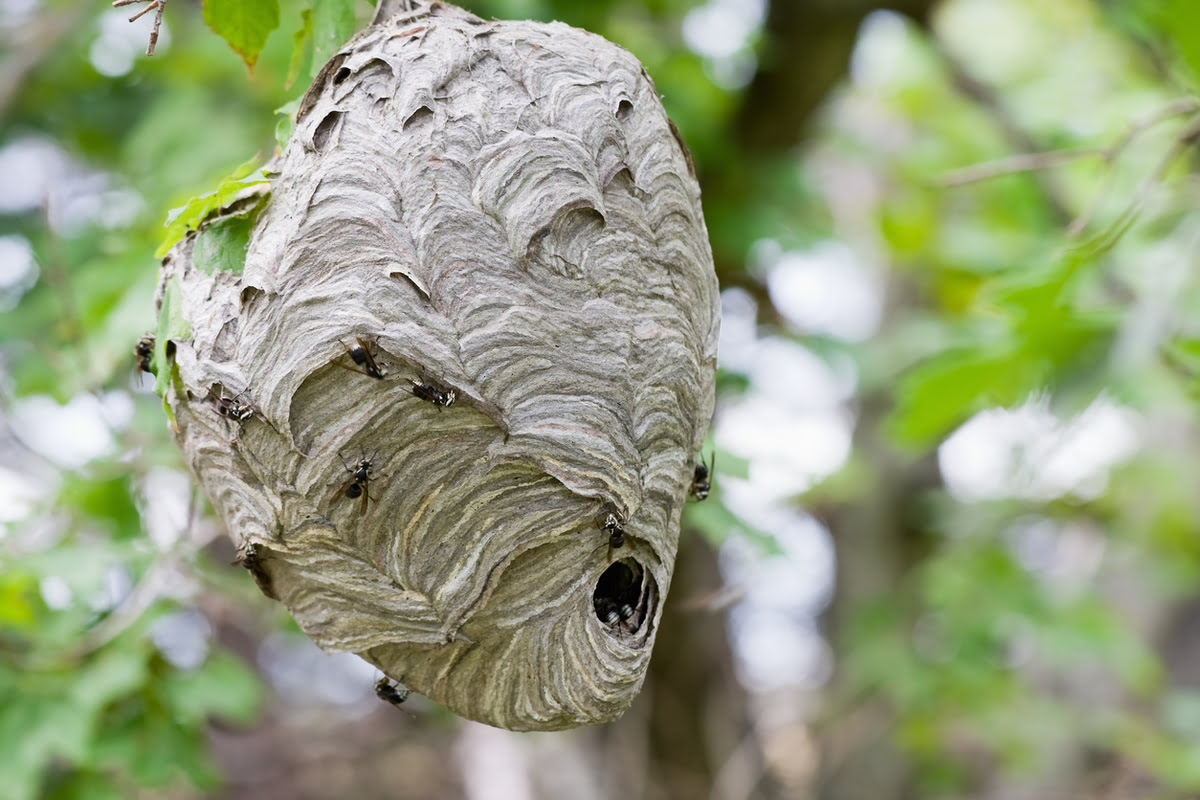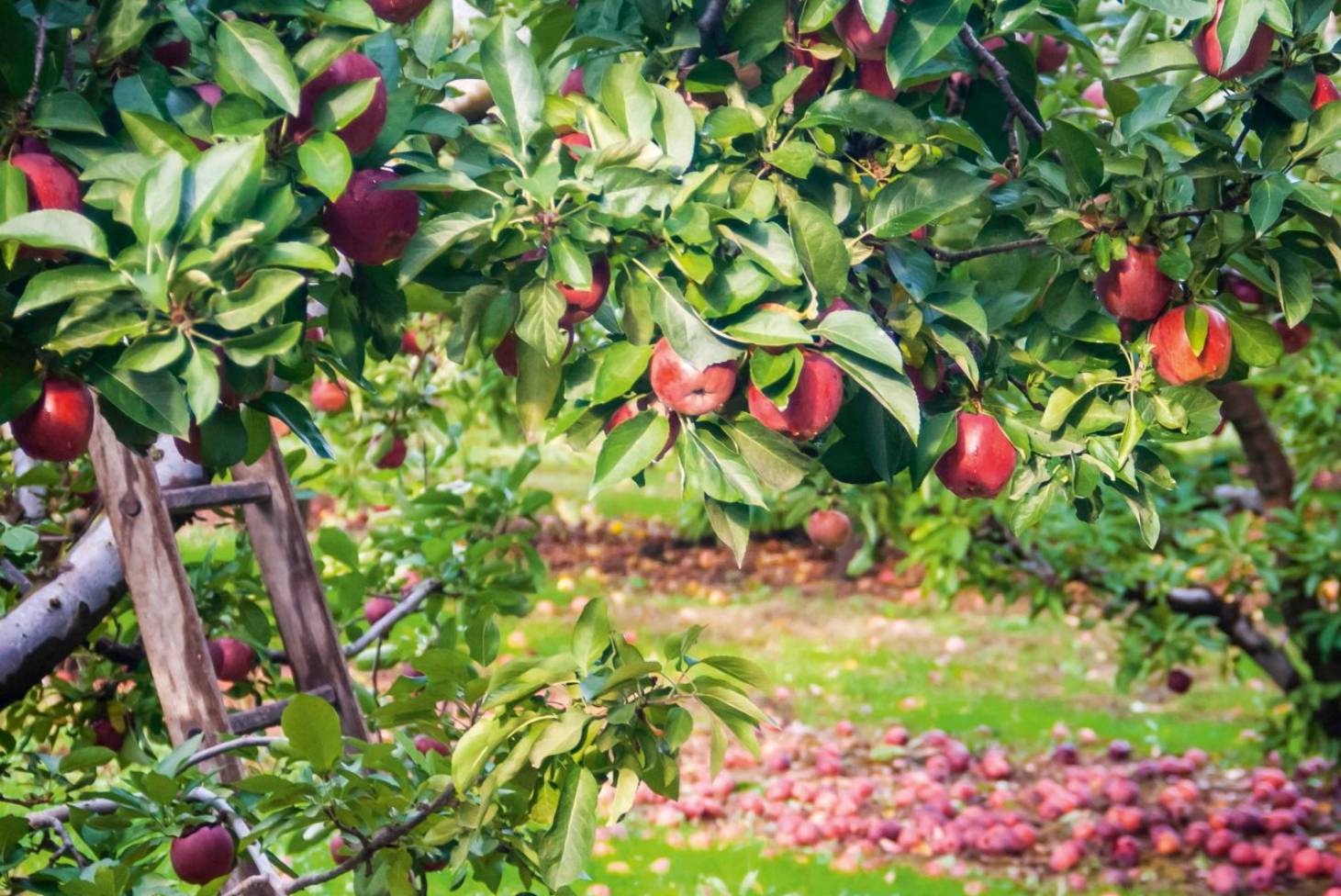Home>Types of Gardening>Container Gardening>How To Make A Closed Terrarium With Insects
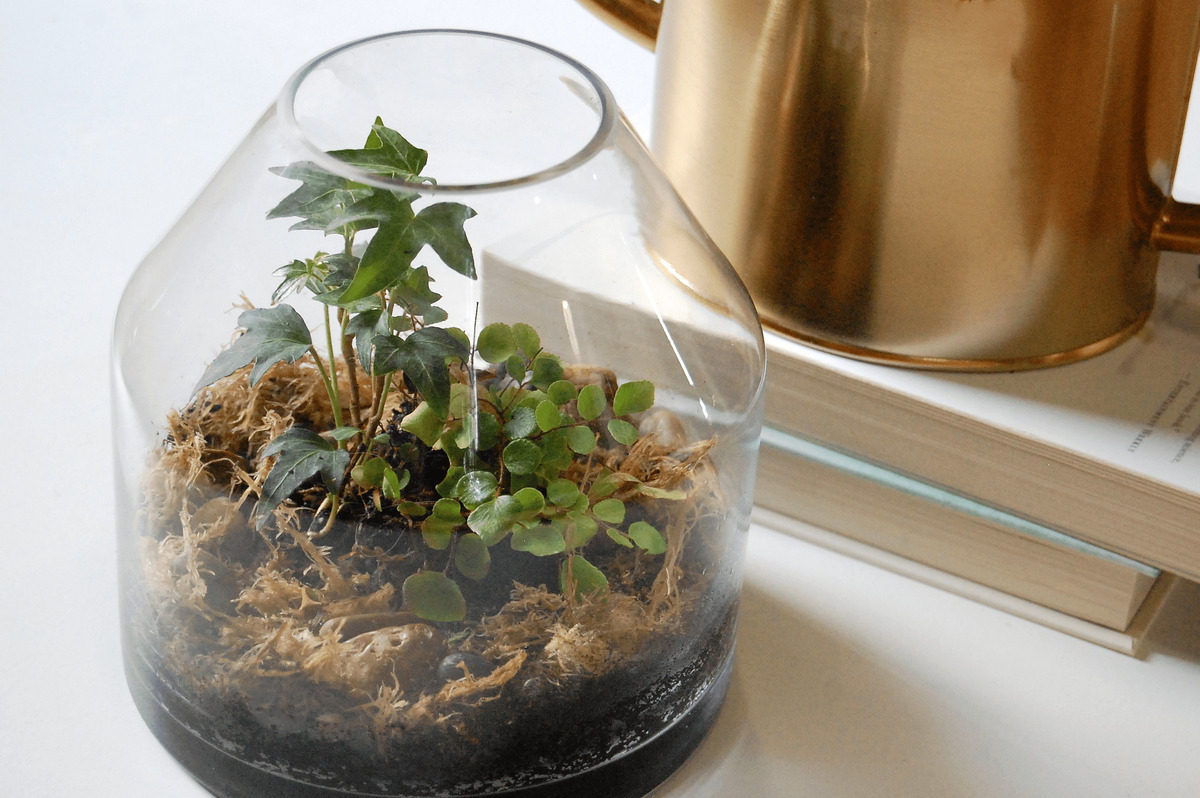

Container Gardening
How To Make A Closed Terrarium With Insects
Modified: February 9, 2024
Learn how to create a captivating closed terrarium with insects in this comprehensive guide on container gardening.
(Many of the links in this article redirect to a specific reviewed product. Your purchase of these products through affiliate links helps to generate commission for Chicagolandgardening.com, at no extra cost. Learn more)
Table of Contents
Introduction
Container gardening is a versatile and rewarding way to enjoy the beauty of nature, even within the confines of limited space. If you’re looking to add a unique twist to your container garden, creating a closed terrarium with insects is a fascinating option to consider. It offers a window into the fascinating world of insects while providing a self-sustaining ecosystem within a small glass container.
In this article, we will guide you through the step-by-step process of creating your own closed terrarium with insects. From selecting the right container and soil to capturing insects and maintaining the ecosystem, we’ll cover everything you need to know to get started. So, let’s dive in and unleash your inner gardener and entomologist!
Before we begin, it’s important to note that building a closed terrarium involves a delicate balance of moisture, light, and biodiversity. It requires some patience and attention to detail. However, the end result is a unique and enchanting miniature world, where plants and insects coexist in harmony.
Whether you’re a seasoned gardener or just starting out, a closed terrarium with insects is sure to captivate your interest and provide a truly immersive gardening experience. So, let’s gather our materials and embark on this exciting journey together!
Materials Needed
Before we begin the process of creating a closed terrarium with insects, let’s gather all the necessary materials. Here’s a list of items you’ll need:
- A glass container: Choose a clear glass container with a lid to create the closed environment. Ensure that the container has enough space to accommodate the plants and insects.
- Gravel or pebbles: These will serve as a drainage layer at the bottom of the container to prevent waterlogging.
- Activated charcoal: This helps to keep the terrarium clean by absorbing impurities and odors.
- Potting soil: Use a lightweight potting soil mix that is rich in nutrients and drains well.
- Moss: Moss adds a natural touch and helps to retain moisture within the terrarium.
- Plants: Choose small, low-maintenance plants that thrive in high humidity, such as ferns, mosses, and small tropical plants.
- Decorative elements: Get creative and add decorative elements like small figurines, stones, or driftwood to enhance the aesthetic appeal of your terrarium.
- Tweezers: These will come in handy for placing plants and insect specimens within the terrarium.
- A spray bottle: Use a spray bottle filled with water to mist the terrarium and maintain the humidity levels.
- Insects: Look for insects that thrive in a closed environment, such as springtails or isopods. Ensure that they are suitable for the type of plants you have chosen.
Make sure you have all these materials ready before you proceed to the next steps. Once you have everything in place, you’re ready to embark on this exciting journey of creating your own closed terrarium with insects!
Step 1: Choosing the Container
The container you choose for your closed terrarium will play a crucial role in creating the ideal environment for your plants and insects. Here are some factors to consider when selecting a container:
Size: The size of the container will depend on the number and size of plants you plan to include. Make sure the container is spacious enough to accommodate the plants comfortably without overcrowding.
Material: Opt for a clear glass container to allow maximum light penetration. Avoid containers made of plastic or colored glass, as they may interfere with the amount of light reaching your plants.
Lid: Look for a container that comes with a lid or can be easily covered. This will create a closed environment, trapping moisture and allowing the plants to thrive.
Accessibility: Consider the ease of accessing and maintaining your terrarium. Ensure that the container has a wide enough opening to allow you to place plants, decorative elements, and insects inside.
Aesthetics: Choose a container that suits your personal style and complements the surroundings. A visually appealing terrarium will enhance the overall experience and make it a focal point in your home or office.
Sustainability: If possible, opt for a container made of recycled materials or upcycled objects like old glass jars or fish tanks. This way, you can create a terrarium while minimizing your impact on the environment.
Once you have considered these factors, you can start exploring local nurseries, garden centers, or online retailers for suitable glass containers. Keep in mind that you can create multiple terrariums with different containers, allowing you to experiment with various designs and themes.
With a well-chosen container in hand, you’re now ready to move on to the next step: selecting the right soil for your closed terrarium.
Step 2: Selecting the Right Soil
Choosing the right soil is vital for creating a healthy and thriving ecosystem within your closed terrarium. Here’s what you need to consider:
Drainage: Use a well-draining potting soil mix that allows excess water to flow through easily. Avoid soils that retain too much moisture, as this can lead to waterlogging and root rot.
Texture: Look for a lightweight and airy potting soil that provides good aeration for the roots. This helps prevent compaction and allows the plants to breathe.
Nutrients: Opt for a soil mix that is rich in organic matter and nutrients. This will provide a healthy foundation for your plants to grow and thrive.
pH Level: Check the pH level of the soil to ensure it is suitable for the plants you intend to include in your terrarium. Most tropical plants prefer slightly acidic to neutral pH levels.
Sterilization: It’s recommended to use sterilized soil to minimize the risk of introducing pests or diseases into your closed terrarium. Sterile soil also helps maintain a cleaner and healthier environment for your plants and insects.
When selecting soil, you may come across specialized terrarium mixes that are specifically formulated for closed environments. These mixes often contain a blend of coconut coir, sphagnum moss, and perlite, which provide excellent moisture retention without becoming waterlogged.
Regardless of the soil mix you choose, make sure to fill your container up to about one-third of its height. This will allow enough space for your plants’ root systems to grow and spread comfortably.
Now that you’ve selected the right soil for your closed terrarium, you can move on to the next step: adding decorative elements to enhance its visual appeal.
Step 3: Adding Decorative Elements
Adding decorative elements to your closed terrarium not only enhances its visual appeal but also creates a unique and personalized touch. Here are some ideas to consider when selecting and arranging decorative elements:
Figurines or Ornaments: Choose small figurines or ornaments that reflect your personal style or interests. You could include tiny garden gnomes, fairies, or mini animal statues. These can be placed strategically among the plants to create an enchanting scene.
Stones or Pebbles: Incorporating stones or pebbles adds a natural feel to your terrarium. You can use different sizes and colors to create texture and visual interest. Place them in a way that mimics a path or riverbed for a more realistic touch.
Driftwood or Twigs: Bringing in small pieces of driftwood or twigs adds a rustic and organic look to your terrarium. These can be used as natural perches for insects or to create depth and height within the container.
Moss or Lichens: Use different varieties of moss or lichens to add vibrant green textures to your terrarium. These can be placed around the base of plants or used to cover rocks and create a natural forest-like setting.
Glass Marbles or Beads: Consider adding glass marbles or beads in various colors to add a touch of sparkle and visual interest. These can be placed strategically to mimic water droplets or scattered throughout the soil for a colorful effect.
Miniature Furniture: If you want to take your terrarium to the next level, consider adding miniature furniture like benches, tables, or chairs. These can create a whimsical atmosphere and bring your miniature garden to life.
When arranging decorative elements, be mindful of the size and scale of your container. You don’t want to overcrowd the terrarium or obstruct the growth of plants. Aim for a balanced and visually appealing composition, keeping in mind that the main focus should still be on the plants and insects residing within.
Now that you’ve added decorative elements, it’s time to introduce the plants into your closed terrarium. We’ll explore this in the next step.
Step 4: Introducing Plants
Now that you have prepared the container and added decorative elements, it’s time to introduce the plants into your closed terrarium. Here are some guidelines to follow when selecting and arranging plants:
Plant Selection: Choose plants that are well-suited to a closed terrarium environment. Opt for small, low-maintenance plants that thrive in high humidity and low light conditions. Some popular choices include ferns, mosses, fittonias, air plants, and small tropical plants.
Variety: Incorporate a variety of plants to create visual interest and simulate a natural ecosystem. Select plants with different heights, leaf shapes, and textures to add depth and dimension to your terrarium.
Arrangement: Start by planning the placement of taller plants at the back or center of the terrarium, and shorter plants towards the front or edges. This creates a layered effect and ensures that all plants receive adequate light. Use tweezers or small gardening tools to carefully position the plants without disturbing their roots.
Spacing: Be mindful of spacing between plants to avoid overcrowding. Leave enough room for growth and airflow, ensuring that each plant has sufficient access to light and nutrients.
Maintenance Requirements: Choose plants with similar care requirements to simplify maintenance. This includes factors like watering frequency, light exposure, and fertilizer needs. It’s essential to research each plant’s specific care guidelines to ensure they can thrive in a closed terrarium environment.
Proper Watering: Water the plants lightly after introducing them to the terrarium. Remember that closed terrariums require less frequent watering compared to traditional potted plants since the moisture is enclosed within the container. Monitor the soil’s moisture levels and only water when it feels slightly dry to the touch.
Trimming and Pruning: Regularly trim and prune the plants to keep them in shape and prevent overcrowding. Remove any dead or yellowed leaves and trim back excessive growth to maintain the terrarium’s aesthetics and the overall health of the plants.
Remember to take your time during this step and enjoy the process of arranging the plants. Be creative with your choices and experiment with different combinations to achieve the desired look and feel that suits your aesthetic preferences.
With the plants in place, it’s time for the exciting step of introducing insects into your closed terrarium. We’ll explore this in the next step.
Step 5: Capturing Insects
The addition of insects brings another level of fascination and intrigue to your closed terrarium. But how do you go about capturing and introducing them into the ecosystem? Here are some guidelines to help you:
Research: Begin by researching the types of insects that are suitable for a closed terrarium environment. Look for small, low-maintenance insects that won’t disrupt the balance of the ecosystem. Springtails, isopods, or small millipedes are popular choices as they help with decomposition and maintaining healthy soil.
Capturing Techniques: There are various methods you can use to capture insects for your terrarium. You can set up simple traps by placing pieces of fruit or vegetables in a container and waiting for the insects to gather. You can also collect insects from your garden or nearby natural areas using a small bug net or by carefully handpicking them.
Observation: While capturing insects, take a moment to observe their behavior and natural habitat. This will give you a better understanding of their needs and ensure that you create a suitable environment for them within the terrarium.
Limit the Number: It’s important to be mindful of the number of insects you introduce to the closed terrarium. Avoid overcrowding, as it could lead to competition for resources and imbalance within the ecosystem. Consider introducing a small number of insects initially and monitor their impact on the terrarium before adding more.
Quarantine: Before introducing captured insects, it’s advisable to quarantine them in a separate container for a few days. This allows you to observe their health and behavior. It also helps ensure that you don’t introduce any pests or diseases into your closed terrarium.
Release: Carefully introduce the captured insects into the closed terrarium using tweezers or by gently placing them on the soil surface. Avoid handling the insects too much to minimize stress. Provide them with hiding spots and natural surfaces to move around and explore.
Remember, the goal of introducing insects is to create a balanced and self-sustaining ecosystem. Observe and monitor their impact on the plants and soil over time, making any necessary adjustments to maintain harmony within the terrarium.
Now that you have successfully introduced the insects into your closed terrarium, it’s time to move on to maintenance and care. We’ll explore this in the next step.
Step 6: Placing Insects in the Terrarium
Now that you have captured and quarantined the insects for your closed terrarium, it’s time to carefully place them within the ecosystem. Here are some guidelines to help you with this step:
Observation: Before adding the insects, take a moment to observe their behavior and movement in the quarantine container. This will give you insights into their preferred habitats and activities.
Choosing the Right Spot: Identify suitable spots within the terrarium where the insects can thrive. Consider areas with the right amount of moisture, shade, and hiding places. These spots should also provide access to food sources or decomposing organic matter.
Proper Placement: Carefully place the insects in their preferred habitats in the terrarium. For example, if you have springtails that prefer damp areas, position them near the moss or moist soil. If you have isopods that prefer leaf litter, place them near fallen leaves or decaying plant matter.
Hiding Places: Provide hiding places for the insects by incorporating small pieces of bark, moss, or tiny shelters made from natural materials. These hiding places offer protection and mimic the natural microhabitats insects seek in their natural environments.
Observation and Adjustment: Observe the behavior of the insects after placing them in the terrarium. If you notice any signs of distress or incompatibility, consider adjusting their placement accordingly. It is essential to maintain a harmonious environment and ensure the well-being of both the plants and the insects.
Species Compatibility: Consider the compatibility of different insect species and their interaction within the ecosystem. Some insects may have specific diet preferences or territorial behaviors that could impact the balance. Research the compatibility of the insects you introduce to ensure a harmonious and sustainable closed terrarium ecosystem.
Remember that the placement of insects within the terrarium is crucial to creating a thriving, self-sustaining ecosystem. Take your time, be observant, and make adjustments as necessary to ensure a healthy and balanced closed terrarium environment.
With the insects now placed in their habitats, let’s move on to the next step: maintenance and care for your closed terrarium.
Step 7: Maintenance and Care
Maintenance and care are essential for the long-term success of your closed terrarium. By following these guidelines, you can ensure that your plants and insects thrive within this self-contained ecosystem:
Watering: Monitor the moisture levels within the terrarium and water only when necessary. Be cautious not to overwater, as this can lead to root rot and fungal growth. Use a spray bottle to mist the terrarium and maintain the humidity levels.
Lighting: Closed terrariums typically do well in indirect or filtered light. Place your terrarium in a location where it can receive sufficient but gentle light. Avoid exposing it to direct sunlight, as this can cause excessive heat build-up and harm the plants.
Temperature: Maintain a moderate temperature range within the terrarium. Most tropical plants and insects thrive at temperatures around 70-80°F (21-27°C). Avoid placing the terrarium near heat sources or in drafty areas.
Pruning and Trimming: Regularly inspect the plants and trim away any dead or yellowed leaves. This helps maintain the overall health and appearance of the terrarium, ensuring that the plants receive adequate light and nutrients.
Maintaining Biodiversity: It’s important to keep a balance of plant species and insect populations within the closed terrarium. Monitor the interactions between the plants and insects and make adjustments as needed to maintain a harmonious ecosystem.
Observation: Take time to observe and appreciate the beauty of your closed terrarium. Notice the growth and behaviors of the plants and insects, and make note of any changes. This will help you understand the needs of your terrarium and make informed decisions regarding its care.
Cleaning: Occasionally, you may notice a buildup of algae or mold within the terrarium. Gently wipe away any excess growth with a cloth or remove affected components if necessary. Routine cleaning helps maintain the aesthetics and health of the terrarium.
Adjustments: As time passes, you may need to make adjustments to the terrarium, such as pruning plants to control their size or removing and replacing certain components. Stay attuned to the needs of your closed terrarium and make appropriate modifications to ensure its continued success.
By providing the necessary maintenance and care, you can enjoy a thriving closed terrarium with a harmonious balance between plants and insects. These miniature ecosystems can bring beauty and a sense of natural wonder into your space.
Now that you have learned how to maintain and care for your closed terrarium, it’s time to sit back, relax, and enjoy the mesmerizing beauty of this self-contained world you have created.
Conclusion
Creating a closed terrarium with insects is a fascinating and captivating way to bring the wonders of nature into a compact and self-contained space. By carefully selecting the right container, soil, plants, and insects, you can establish a thriving ecosystem that offers a glimpse into the intricate balance of the natural world.
Throughout this step-by-step guide, we have explored the process of building a closed terrarium with insects. From choosing the container and selecting the appropriate soil to adding decorative elements and introducing the plants and insects, each step contributes to creating a harmonious and visually stunning miniature ecosystem.
Remember to maintain proper care and maintenance of your closed terrarium. Regular observation, watering, pruning, and adjusting ensure the longevity and health of the plants and insects within the ecosystem. Through mindful care and attention, your closed terrarium will continue to flourish and bring you joy for years to come.
Creating a closed terrarium with insects not only allows you to appreciate the beauty of nature in a unique way but also presents an opportunity to learn more about plant and insect life cycles, symbiotic relationships, and the delicate balance that exists in our natural world.
So, gather your materials, unleash your creativity, and embark on this exciting and rewarding journey of building your very own closed terrarium with insects. Immerse yourself in the miniature world you create, and let it spark your curiosity, wonder, and appreciation for the marvels of nature.
Enjoy the process, embrace the beauty, and cherish the moments as you watch your closed terrarium thrive and come to life.

